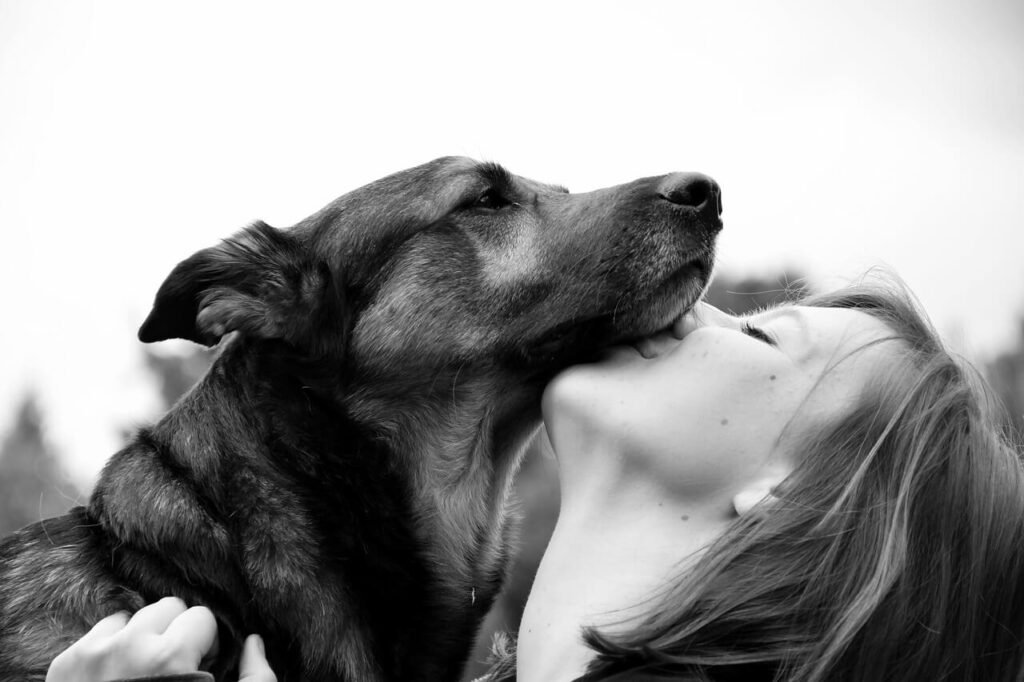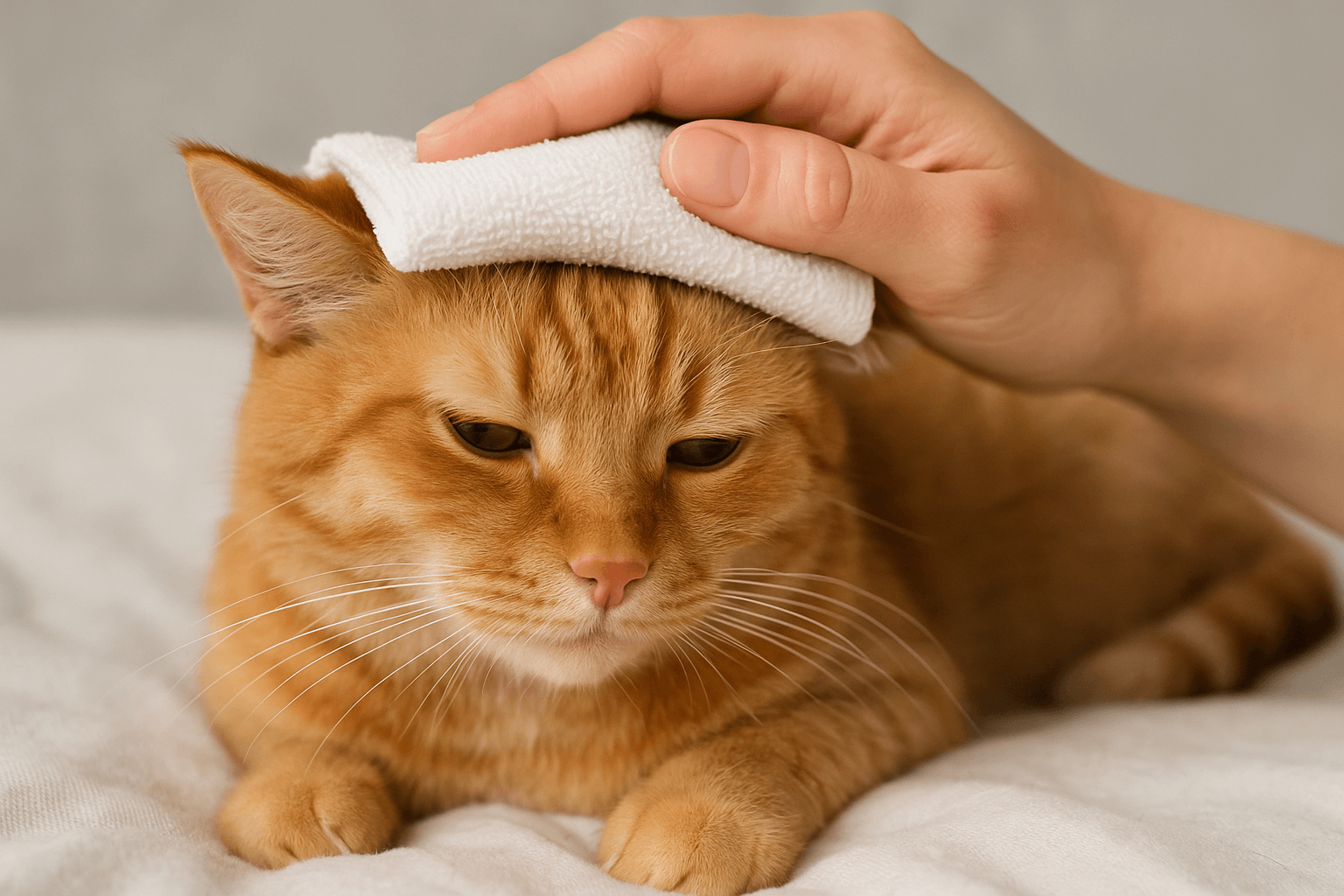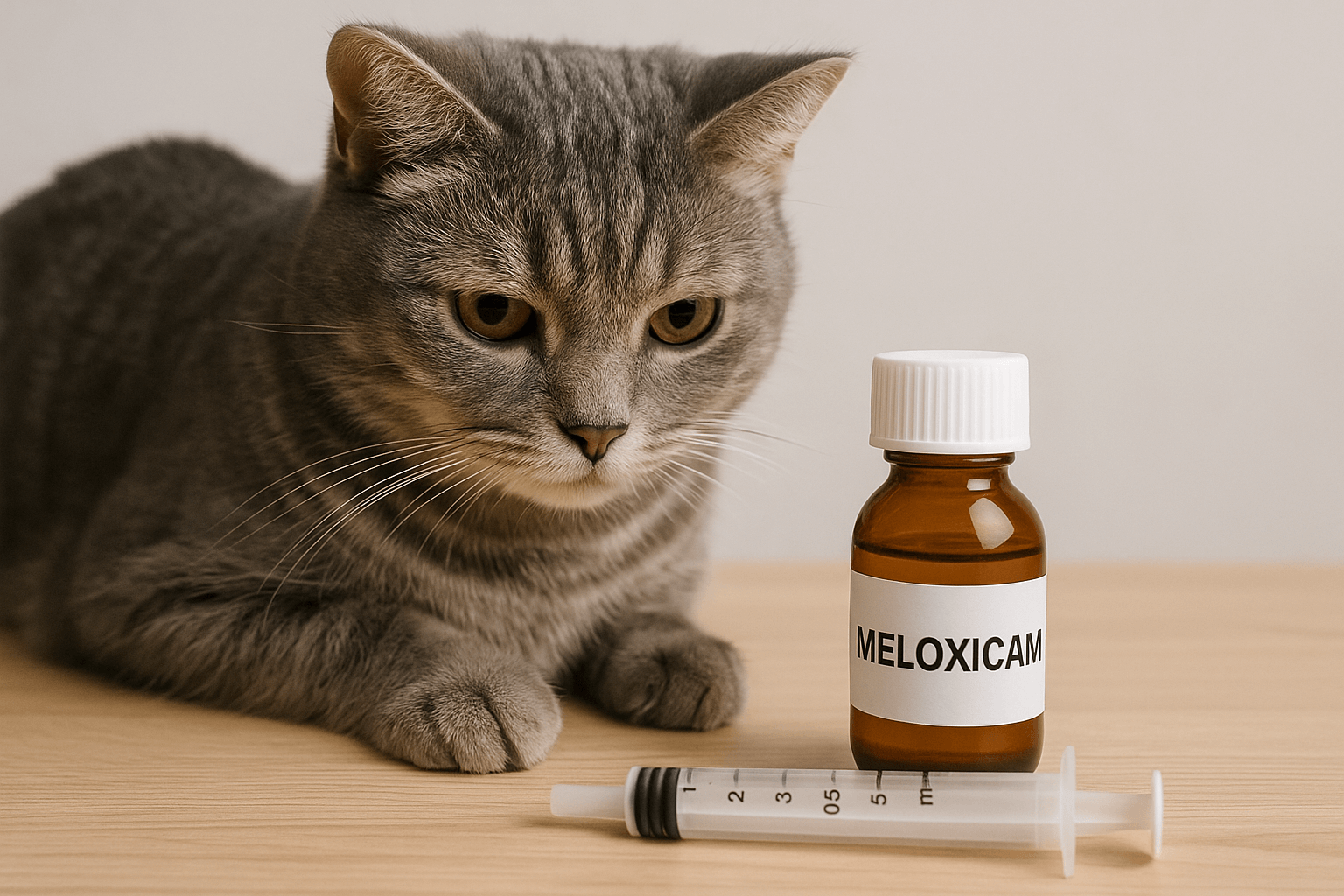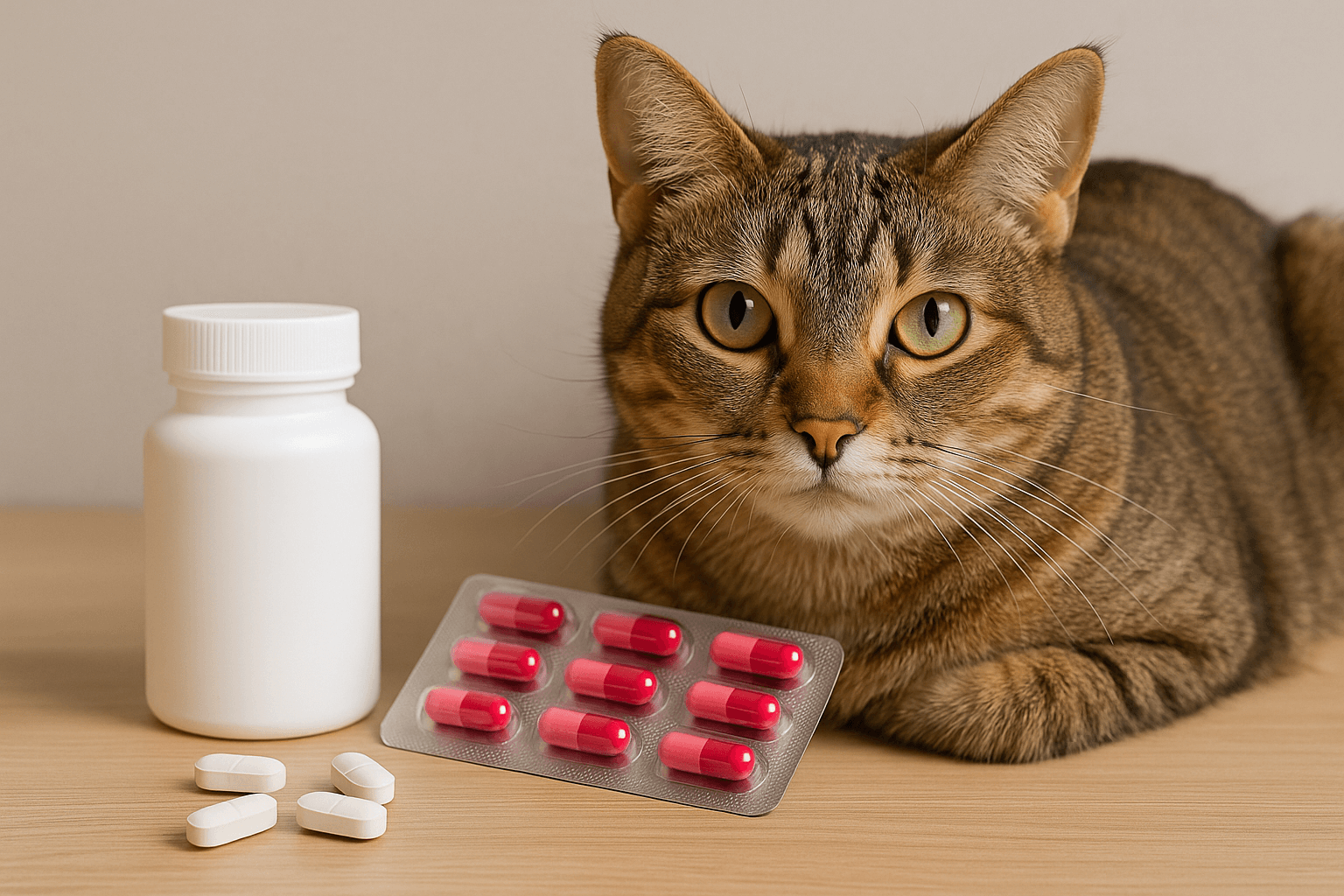When Your Dog Isnt Pooping After Diarrhea: What You Need to Know
As a dog owner, few things are as concerning as seeing your furry friend struggle with digestive issues. Diarrhea is already stressful enough, but when it’s followed by an inability to poop, it can leave you feeling anxious and unsure of what to do next. Is this normal? Should you be worried? Understanding why your dog might not be pooping after diarrhea is key to helping them recover comfortably. In this blog post, we’ll explore the possible reasons behind this situation, offer practical tips to support your pup, and provide guidance on when it’s time to consult a veterinarian.
Why Isn’t My Dog Pooping After Diarrhea? Common Causes
If your dog has recently experienced diarrhea and now seems unable to poop, there could be several explanations. Below, we’ve outlined some of the most common causes for this issue. Keep in mind that every dog is unique, so identifying the root cause will require careful observation.
Dehydration: Diarrhea often leads to significant fluid loss, which can cause dehydration. When a dog is dehydrated, their intestines may struggle to move waste through the digestive tract effectively.
Intestinal Blockage: Sometimes, foreign objects or hairballs can block the intestines, preventing stool from passing. This is more common in curious dogs who chew on non-food items.
Stress or Anxiety: Emotional stress can wreak havoc on a dog’s digestive system. If your pet is feeling anxious due to changes in routine or environment, it could impact their bowel movements.
Dietary Changes: Sudden shifts in diet can upset a dog’s stomach, leading to diarrhea followed by constipation. Their bodies may need time to adjust.
Underlying Health Conditions: Issues like pancreatitis, infections, or inflammatory bowel disease (IBD) can disrupt normal digestion and lead to irregular bowel habits.
Understanding these potential causes is the first step toward addressing the problem. However, if symptoms persist or worsen, seeking professional advice is essential.
How to Help Your Dog Recover: Practical Steps
Once you’ve identified possible reasons for your dog’s lack of bowel movement after diarrhea, it’s important to take action. Here are some steps you can follow to help your pet feel better while keeping an eye out for any red flags.
Encourage Hydration: Make sure your dog has access to fresh water at all times. You can also try offering low-sodium chicken broth or ice cubes to entice them to drink more.
Offer a Bland Diet: Feed your dog small portions of boiled chicken and rice. This easy-to-digest meal can soothe their stomach and promote regularity.
Increase Physical Activity: Gentle exercise, such as short walks, can stimulate the digestive system and encourage your dog to poop.
Monitor Behavior Closely: Pay attention to other symptoms, such as vomiting, lethargy, or abdominal pain. These could indicate a more serious issue requiring immediate care.
Avoid Over-the-Counter Medications: Never give your dog human medications without consulting a vet first. Some treatments can do more harm than good.
By taking these proactive measures, you can create a supportive environment for your dog’s recovery. Remember, patience is key—digestive issues often take time to resolve.
Check this guide 👉When Is Dog Diarrhea an Emergency? Best 7 Expert Tips!
Check this guide 👉Dog Vomit White Foam: 7 Tips to Address the Issue!
Check this guide 👉Understanding Dog Ulcer Symptoms: Best 7 Health Tips!

Signs That Indicate Normal Recovery | Signs That Require Immediate Vet Attention |
|---|---|
Gradual return to regular bowel movements | Persistent straining without producing stool |
Improved energy levels | Blood in stool or vomit |
Appetite returning to normal | Severe abdominal swelling |
No signs of discomfort | Refusal to eat or drink |
Consistent hydration | Lethargy or collapse |
Preventing Future Digestive Issues: Tips for Dog Owners
Prevention is always better than cure, especially when it comes to your dog’s health. By making a few adjustments to your pet’s lifestyle and routine, you can minimize the risk of future episodes of diarrhea and constipation.
Stick to a Consistent Diet: Avoid frequent changes in food brands or types. Introduce new foods gradually over several days.
Limit Access to Harmful Items: Ensure your home is free of small objects, toxic plants, or anything else your dog might ingest accidentally.
Provide Mental Stimulation: Boredom can lead to destructive behaviors, including chewing on inappropriate items. Puzzle toys and interactive games can keep your dog entertained.
Schedule Regular Vet Checkups: Routine examinations can catch underlying health problems early before they escalate into bigger issues.
Maintain a Stress-Free Environment: Dogs thrive on routine. Minimize disruptions to their daily schedule to reduce anxiety-related digestive troubles.
By implementing these strategies, you can safeguard your dog’s well-being and enjoy peace of mind knowing they’re less likely to face similar challenges in the future.
What Not to Do When Your Dog Isn’t Pooping After Diarrhea
While it’s natural to want to help your dog as quickly as possible, certain actions can actually make the situation worse. Knowing what not to do is just as important as understanding the right steps to take.
Don’t Force Them to Eat: If your dog refuses food temporarily, don’t panic. Forcing them to eat can exacerbate digestive upset.
Avoid Excessive Treats or Table Scraps: These can further irritate your dog’s stomach and delay recovery.
Refrain from Self-Diagnosing Serious Conditions: While mild cases may resolve on their own, assuming the worst without professional input can lead to unnecessary worry.
Don’t Ignore Warning Signs: Symptoms like bloating, extreme lethargy, or unexplained weight loss should never be overlooked.
Steer Clear of Harsh Enemas: At-home enemas can damage your dog’s delicate intestinal lining and should only be administered under veterinary supervision.
Knowing where to draw the line between helpful interventions and harmful mistakes is crucial for ensuring your dog’s comfort and safety.
Understanding the Role of Fiber
Dietary fiber plays a crucial role in maintaining your dog’s digestive health. It can help regulate bowel movements, whether your dog is experiencing diarrhea or constipation. However, not all fibers are created equal, and it’s essential to choose the right type for your pet’s specific needs.
Soluble Fiber: This type of fiber dissolves in water and forms a gel-like substance that can soothe the digestive tract. It’s particularly helpful for dogs recovering from diarrhea.
Insoluble Fiber: Found in ingredients like pumpkin or sweet potatoes, insoluble fiber adds bulk to stool, which can encourage movement through the intestines.
Balanced Fiber Intake: Too much fiber can lead to bloating or gas, while too little may result in irregular bowel movements. Moderation is key.
Natural Sources of Fiber: Opt for whole foods like carrots, green beans, or canned pumpkin instead of processed fiber supplements.
Consult Your Vet First: Before making significant changes to your dog’s diet, seek professional advice to ensure you’re meeting their nutritional needs.
Incorporating the appropriate amount and type of fiber into your dog’s diet can make a world of difference in supporting their digestive system. Always prioritize natural, wholesome options and consult your vet for tailored recommendations.
Signs That Your Dog Is Feeling Better
When your dog is recovering from digestive issues, certain signs indicate that they’re on the mend. Recognizing these positive signals can reassure you that your efforts are paying off and that your dog is returning to their normal self.
Improved Appetite: A healthy interest in food is one of the first signs of recovery. If your dog starts eating normally again, it’s a good indicator that their stomach has settled.
Regular Bowel Movements: The return of consistent, firm stools shows that their digestive system is functioning properly.
Increased Energy Levels: Dogs naturally become more active when they feel better. Look for playful behavior or a renewed enthusiasm for walks.
Hydration Status: Moist gums, alert eyes, and normal skin elasticity suggest your dog is no longer dehydrated.
Relaxed Demeanor: A calm and content demeanor indicates that your dog is no longer in discomfort or pain.
These signs collectively paint a picture of recovery. If you notice these improvements, it’s likely your dog is well on their way to full health. However, remain observant for any setbacks or new symptoms.
Common Mistakes to Avoid During Recovery
While caring for a dog with digestive issues, even well-meaning pet owners can unintentionally make mistakes that prolong recovery or worsen the situation. Being aware of these pitfalls can help you avoid them and ensure your dog heals as quickly as possible.
Overfeeding Too Soon: Giving your dog large meals too early in their recovery can overwhelm their digestive system. Start with small portions and gradually increase them.
Ignoring Hydration Needs: Focusing solely on food without ensuring adequate hydration can delay recovery. Always prioritize water intake alongside dietary adjustments.
Using Human Remedies: Home remedies like milk of magnesia or herbal teas designed for humans can harm your dog. Stick to veterinarian-approved treatments only.
Neglecting Follow-Up Care: Assuming your dog is fine once symptoms subside can be risky. Schedule a follow-up visit with your vet to confirm complete recovery.
Rushing Physical Activity: While exercise is beneficial, pushing your dog to engage in strenuous activities too soon can strain their body during recovery.
Avoiding these common errors can significantly improve your dog’s chances of a smooth recovery. Remember, patience and attentiveness are vital throughout this process.
FAQ
How long should I wait before contacting a vet if my dog isn’t pooping after diarrhea?
If your dog hasn’t had a bowel movement within 48 hours or shows signs of distress, contact your vet promptly.
Can dietary supplements help regulate my dog’s digestion?
Probiotics designed for dogs can sometimes aid in restoring gut balance, but always consult your vet before introducing supplements.
Is it safe to use laxatives for dogs?
No, laxatives intended for humans are unsafe for dogs. Only use products prescribed by a veterinarian.
Should I withhold food during diarrhea?
Fasting for 12–24 hours may help, but ensure your dog stays hydrated. Consult your vet for personalized advice.
Can stress alone cause constipation after diarrhea?
Yes, stress can disrupt normal digestive function. Creating a calm environment can help alleviate symptoms.
Final Thoughts: Supporting Your Dog Through Digestive Challenges
Watching your dog struggle with digestive issues can be emotionally taxing, but remember—you’re not alone. With patience, vigilance, and the right approach, most cases of difficulty pooping after diarrhea can be resolved successfully. Always prioritize your dog’s comfort and seek professional guidance when needed. By arming yourself with knowledge and staying attuned to your pet’s needs, you can navigate this challenging phase and strengthen the bond you share. After all, our dogs rely on us to advocate for their health and happiness, and that’s a responsibility worth embracing wholeheartedly.
Cat Fever Treatment: Best 7 Expert Tips! Discover expert advice on identifying, managing, and treating fever in cats to ensure their quick recovery and well-being.
Understanding Meloxicam for Cats: Best 7 Expert Tips! Learn how to safely administer meloxicam, manage side effects, and ensure your cat's comfort with expert advice on feline pain relief.
Amoxicillin for Cat UTI: Best 7 Expert Tips! Discover safe usage, dosage guidelines, and expert advice on treating feline urinary tract infections effectively with amoxicillin.
Understanding Cat Cancer Treatment: Best 7 Expert Tips! Discover expert advice on managing feline cancer, from early detection to treatment options, ensuring your cat’s health and comfort.





